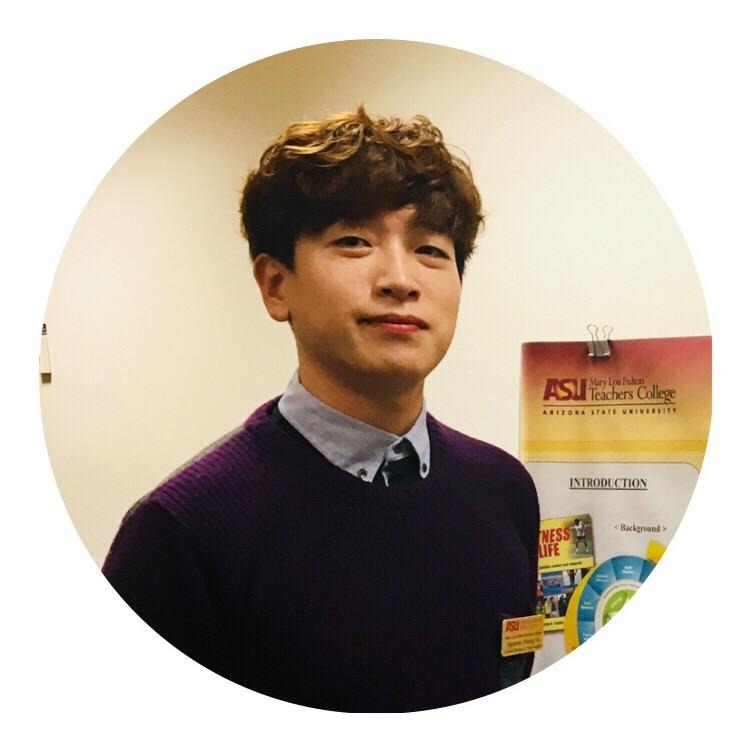Yu, H., Mulhearn, S. C., van der Mars, H., Griffo, J. M., & Hodges-Kulinna, P. (2020). Off-hours physical activity facility use in public high schools: potential vs. reality. Research Quarterly for Exercise and Sport.
Public high school campuses in the United States are generally built with multiple dedicated physical activity facilities from soccer fields to swimming pools. When viewed from a community health standpoint, these campuses hold great potential (if accessible) in providing community members spaces where they can engage in physical activity during non-school hours. Guided by the Social-Ecological Model (SEM) the purpose of this study was to assess access to and use of all physical activity areas on public high school campuses during non-school hours on weekdays and weekend days. Direct observation using the SOPARC instrument (McKenzie & Cohen, 2006) was used to assess 19 public high schools across four districts in the Western U.S., by completing 3959 physical activity area sweeps. Facilities were accessible about half of the time (53.4%), but empty 91 percent of the time. Public high school campuses are an underused resource for community physical activity during non-school hours. Increased use of joint-use agreements would enable school districts to increase both the use of campus-based physical activity facilities and physical activity levels of community members who themselves fund the construction and maintenance of schools and school grounds through local taxes (Young et al., 2014). This would help increase the schools’ caloric footprint and contribute to improving public health (Ainsworth et al., 2011).
Key terms: Physical activity, facility use, high schools, SOPARC.

